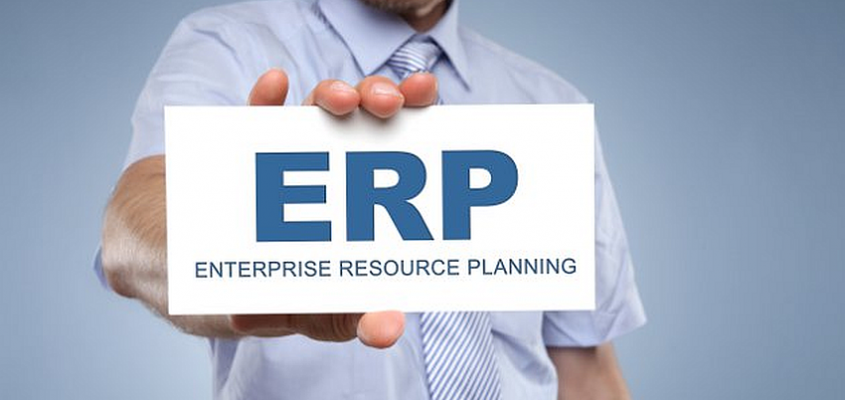The specifications can be used for each ERP projectt be a real burden. Also because it plays a key role from start to finish. At the beginning it functions as a contractually important document, then it becomes a guideline and at the end of the project it is the checklist. The people behind the specifications are the future users. But how can the people "in the know" convey important content in such a way that it is also understandable for the user? ERP provider is clearly comprehensible?

Specifications as a burden
In general, the customer's requirements for functions and general services are recorded in a "Statement of Work", aka specifications. This should be as precise as possible. However, this is often not an easy task for the customer, as the processes in an ERP project are rather unfamiliar. The burden of responsibility that arises from the requirements specification also often leads to confusion or incorrect approaches. This is why approaches and methods for creating a requirement specification are more than welcome.
It's all in the mix'
Good prerequisites are a project team that includes experts in the individual company processes, but also people who have the ERP goal as a whole in mind. The company management should also create enough space for all participants to do justice to the task. However, endless meetings are not the way to a successful specification, which often ends in endless details. This makes sense neither for the provider nor for the future user in the project.
Tell stories
User stories are a very good method of making the creation of a requirements specification pleasant for the writers and yet effective.
User stories are not only quick and easy to formulate, they also optimally reflect the user's perspective. The simple description of a work process or an application makes it much easier to understand what the user expects from the system. Based on the user stories, the topics can be discussed in the meetings, expanded and finally recorded in the specifications. To simplify the creation of a user story even further, fixed "story forms" can be created. These are then used to record the function of the user, their application tool and what they want to achieve with it. This allows all user stories to be managed effectively and clearly.

Optimisation of the integrated financial system

The future of SAP Business One from 2020

The SAP Business One strategy

SAP takes over coresystems AG

FEFO, FIFO or LIFO? The differences in storage strategies


